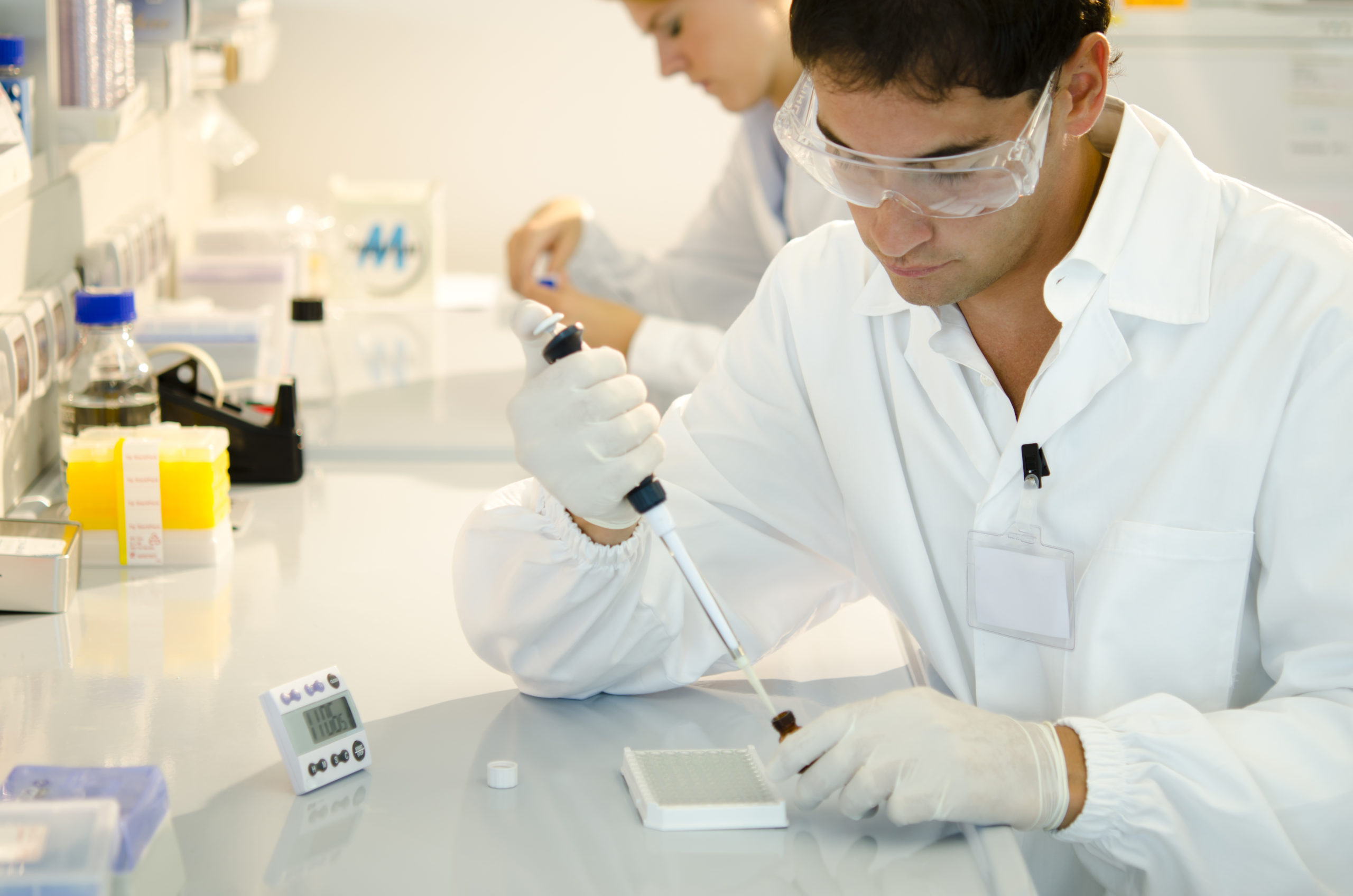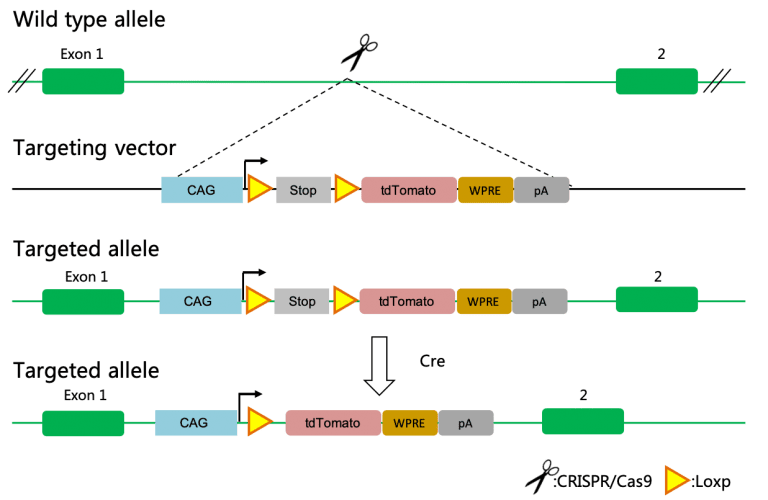What is Rosa26?
Rosa26 is the most commonly used “safe harbor” locus because Rosa26 encodes a nonessential nuclear RNA expressed in almost every tissue. Conditional expression of an exogenous gene will result when a LoxP-3XSTOP-LoxP sequence is inserted upstream of the exogenous sequence at the Rosa26 locus, and this model is crossed with a Cre deleter. Examples of additional safe harbor loci include H11 and TIGRE.
Why choose Rosa26?
Offering relatively high rates of success and reproducibility, Rosa26 knockin mouse models can be and has been widely applied for various study goals and purposes. You can read more about its specific applications under the “Why is Rosa26 Used?” section of our educational piece on Rosa26.
Why is Rosa26 necessary?
In addition to Biocytogen’s most advanced gene targeting technology and capacity, we can meet some customers’ special needs for random insertion transgene requests. Traditional transgenic mouse models are usually constructed via pronuclear injection of plasmid, and many different founders can be obtained. The experimental results from different founder mice can be quite different and not reproducible due to the difference in integration copy number and loci.
As a consequence of random integration via transgenesis, animal lines produced this way are often unpredictable. This unpredictability in the generation of animal lines can lead to several confounding effects on gene expression including:
- multiple integrations per cell,
- the activation or disruption of endogenous genes at or near the site of integration, and
- unstable expression of the transgene due to epigenetic modifications.
These effects alone can significantly impact the results of a study. Coupled with the constitutive and often high expression levels of the transgene, unpredictable cell behavior and irreproducible or hard to interpret results are undeniable concerns. As a result, most researchers utilize the known site-specific integration strategies such as Rosa26 knockin mouse models.

Request a Quote
Contact us today to find out how we can help advance your research with custom generated rat, mouse or cell line models.



